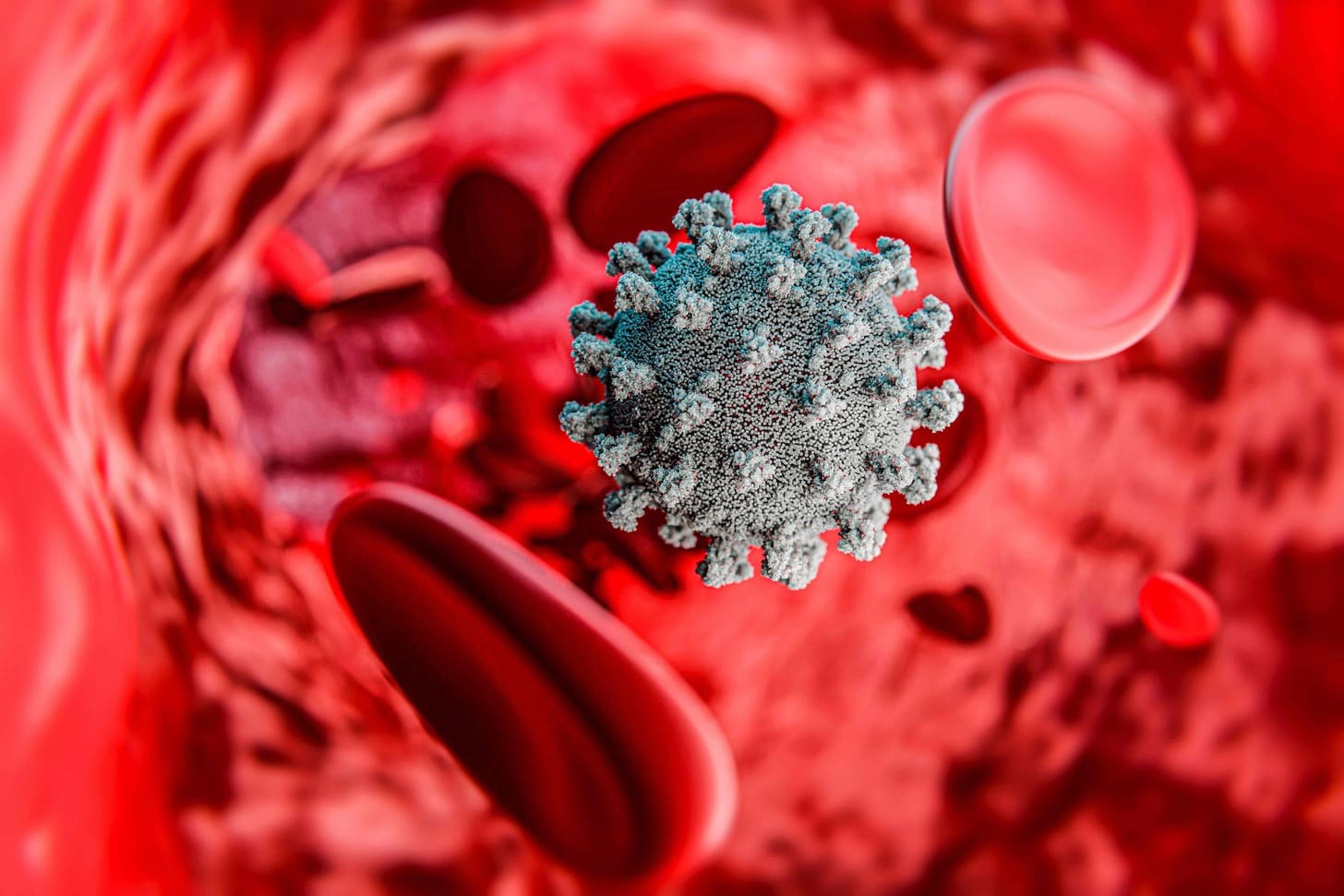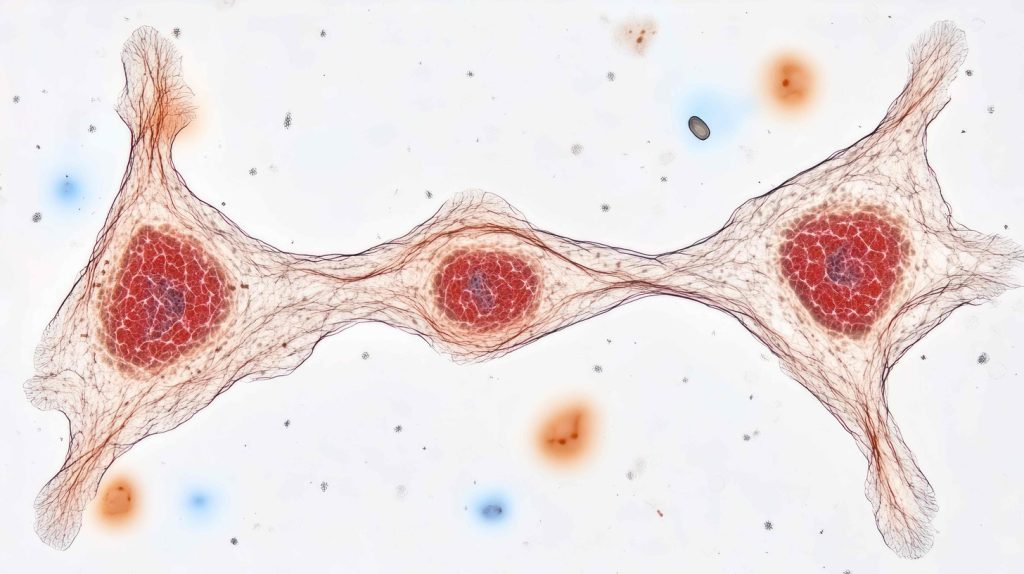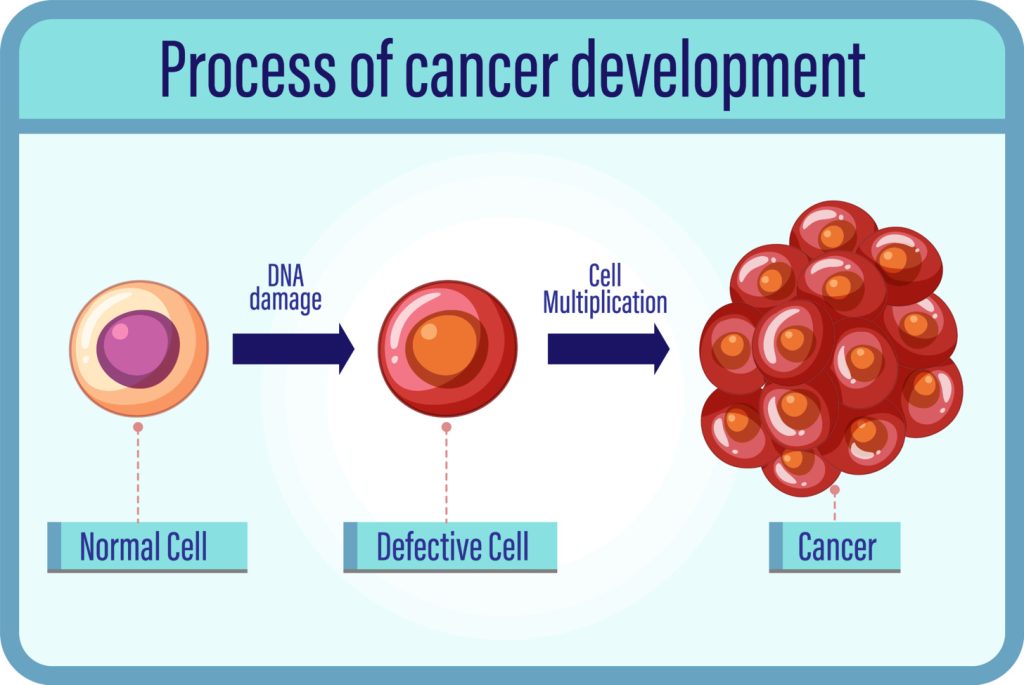
Hemopoiesis is how new blood cells are made from haematopoietic stem cells in the bone marrow.
At Liv Hospital, we know how key this process is. It happens mainly in the red bone marrow of adults’ vertebrae, hips, ribs, sternum, and skull. It’s essential for making blood cells like red blood cells, platelets, and white blood cells. These cells are vital for staying healthy and fighting off diseases.
Our team is committed to giving you top-notch, caring care at every step of your hematopoietic journey.

Hemopoiesis is the process of making blood cells. It’s vital for our body’s functions. Every day, it produces billions of new blood cells to replace old or damaged ones.
Hematopoiesis, or hemopoiesis, is how our body makes new blood cells. It’s key because blood cells don’t live long. The body needs to keep making new cells to stay healthy and avoid problems like anemia or infections.
This process starts with hematopoietic stem cells in the bone marrow. It goes through several stages, from the stem cell to the mature blood cell.
“Hemopoiesis,” “hematopoyesis,” and “haemopoiesis” all mean the same thing. The spelling difference comes from English language variations. For example, “haemopoiesis” is used in British English, while “hematopoiesis” is in American English.
Knowing the right term is important for clear medical and scientific talks.
Blood cell production is key for our health. It helps deliver oxygen, remove carbon dioxide, and fight infections. It keeps the balance between making and losing blood cells.
When this process goes wrong, it can lead to diseases like leukemia. So, knowing about hemopoiesis helps us understand our bodies and treat blood-related illnesses.

Hematopoietic stem cells can make all types of blood cells. They are key to keeping our blood cell count right. This is important for our health and fighting off diseases.
These cells can grow themselves and turn into different blood cells. Self-renewal helps them stay in number. Differentiation lets them make various blood cells, like red and white blood cells, and platelets.
The main traits of hematopoietic stem cells are:
Keeping the right balance between growing themselves and making blood cells is key. Dysregulation in this balance can cause blood disorders.
This process involves many steps, like:
The bone marrow has a special area that helps these stem cells. This area, or niche, has different cells that support the stem cells. These cells make factors that help the stem cells grow, renew, and differentiate.
Understanding how blood cells are made in bone marrow is key. Hematopoiesis is the process of making blood cells. It’s complex and controlled, happening mainly in the bone marrow.
Blood cell development starts with stem cells. These cells renew themselves and then turn into different types of blood cells. Growth factors start this process by making these cells grow and change.
Using a hematopoiesis chart or diagram helps show how blood cells develop. It shows the journey from stem cells to fully formed blood cells.
Cellular signals control how stem cells become different blood cells. Growth factors and cytokines help these cells grow, survive, and mature. For example, erythropoietin helps make red blood cells, and G-CSF helps make neutrophils.
Blood cell production changes based on the body’s needs. Normally, the bone marrow makes blood cells at a steady rate. But, when the body needs more, like during an infection, production goes up. This flexibility helps keep the body balanced and ready to respond.
| Stage | Description | Key Regulators |
|---|---|---|
| Stem Cell Self-Renewal | Maintenance of stem cell population | Stem cell factor (SCF) |
| Progenitor Cell Formation | Differentiation into specific lineages | Various growth factors and cytokines |
| Maturation | Maturation into functional blood cells | Erythropoietin, G-CSF, etc. |
Hematopoietic stem cells turn into different blood cells, like red, white, and platelets. This process keeps our blood count right and our health good.
Erythropoiesis makes red blood cells. The hormone erythropoietin, made by the kidneys, drives this. Red blood cells carry oxygen all over our body.
Red blood cell creation goes through stages. First, hematopoietic stem cells become erythroblasts. Then, they grow into reticulocytes and become red blood cells. This ensures we always have enough red blood cells.
Leukopoiesis creates white blood cells, key to our immune system. They fight infections and protect us from harm.
White blood cells come from hematopoietic stem cells. They turn into neutrophils, lymphocytes, monocytes, eosinophils, and basophils. Each type plays a role in fighting off diseases.
Thrombopoiesis makes platelets, vital for blood clotting. Platelets stop bleeding when a blood vessel is hurt.
Platelet creation starts with hematopoietic stem cells turning into megakaryocytes. These cells then release platelets into our blood. Thrombopoietin, made by the liver and kidneys, controls this process.
The paths to making these blood cells are complex and carefully managed. It’s all about cell growth, change, and survival. Knowing how our body keeps its blood cell count is key to understanding health and how we respond to challenges.
| Blood Cell Lineage | Process | Key Regulator | Function |
|---|---|---|---|
| Red Blood Cells | Erythropoiesis | Erythropoietin | Oxygen Transport |
| White Blood Cells | Leukopoiesis | Various Growth Factors | Immune Response |
| Platelets | Thrombopoiesis | Thrombopoietin | Blood Clotting |
Hematopoiesis, the process of making blood cells, is complex. But, charts and diagrams can make it easier to understand. These tools help us see the steps in blood cell production.
A hematopoiesis chart shows how blood cells develop. It breaks down the process into stages. It also highlights the different types of blood cells and how they start from stem cells.
“A good diagram can simplify the complex process of hematopoiesis, making it easier to understand the relationships between different cell types.”
A diagram of hematopoiesis has important parts:
Charts and diagrams are key to understanding blood cell lineages. They help us see how blood cells are made. This makes the process clearer.
For example, a diagram shows how stem cells turn into different blood cells. It helps us see how these cells work together. This makes the complex process easier to grasp.
It’s important to know where blood cells are made in our bodies. Hematopoiesis happens in different places as we grow from a baby to an adult.
In the early stages of life, blood cell production starts in the yolk sac. Then, it moves to the liver and spleen. By the time we’re born, it mainly happens in the bone marrow.
For more info on what makes blood cells grow, check out this link: What Stimulates Hematopoietic Stem Cells?
As babies and kids grow, blood cell production happens in the bone marrow of most bones. The bone marrow in long bones like the femur is active at first. But as they get older, it becomes less active.
In adults, blood cell production mainly happens in the red bone marrow of certain bones. These include the vertebrae, hips, ribs, sternum, and skull. The bone marrow in these areas makes all types of blood cells.
While adults have specific sites for blood cell production, there can be some differences. Things like age, health, and environment can affect where and how much blood cells are made.
Recent studies have shown how important the bone marrow microenvironment is. It helps control how blood cells are made. This area is full of cells, a matrix, and signals that work together.
The bone marrow niche has many cell types. Osteoblasts help hematopoietic stem cells by giving them what they need to survive and grow. Osteoclasts help by changing the bone marrow environment.
Endothelial cells line blood vessels and help control where stem cells go. Stromal cells, like mesenchymal stem cells, also support by making growth factors and cytokines.
The bone marrow’s ECM is made of proteins like collagen and fibronectin. It gives structure and holds growth factors and cytokines. Chemokines and cytokines are key in guiding stem cells and progenitor cells.
The bone marrow microenvironment controls blood cell production through complex signals. It helps stem cells stay in a resting state, grow, and differentiate. Problems in this environment can lead to diseases like leukemia.
Learning how the bone marrow microenvironment works is key to finding treatments. New research is showing promising ways to help with blood disorders.
Disorders affecting hematopoiesis can cause serious health issues. Hematopoiesis is the process of making blood cells. When it goes wrong, it can lead to many diseases.
Bone marrow failure syndromes happen when the bone marrow can’t make blood cells. This leads to anemia, infections, and bleeding problems. Aplastic anemia is a condition where the bone marrow stops making new blood cells.
We will look at what causes these syndromes and their symptoms. We will also talk about treatment options. Knowing about these conditions helps us find better ways to treat them.
| Condition | Description | Treatment Options |
|---|---|---|
| Aplastic Anemia | Failure of bone marrow to produce blood cells | Immunosuppressive therapy, bone marrow transplantation |
| Myelodysplastic Syndromes | Disorders of blood cell production leading to anemia and other complications | Supportive care, chemotherapy, bone marrow transplantation |
Leukemias are cancers of the blood or bone marrow. They cause an abnormal increase in white blood cells. Myeloproliferative disorders make too many blood cells. Both can be serious if not treated right.
Chronic myeloid leukemia (CML) and acute myeloid leukemia (AML) affect different people and have different outcomes. It’s important to know the differences to treat them well.
Treatment for hematopoietic disorders depends on the condition and how severe it is. Options include chemotherapy, targeted therapy, and bone marrow transplantation.
We will talk about new treatments for these disorders. We aim to give the best care and improve patient results.
Hematopoiesis is a complex process that makes blood cells essential for our health. It ensures blood cells are constantly made and replaced. This is key for keeping our body balanced and ready for different needs.
We’ve looked into how blood cells are made and where it happens. Knowing about hematopoiesis helps us see how important it is for our health.
The bone marrow is a key player in making blood cells. Problems here can affect our health a lot. By understanding hematopoiesis, we can better grasp how blood cells are made and why it matters for our health.
Hematopoiesis is how our body makes blood cells. It includes red, white, and platelets. It’s key for health and fighting off diseases.
It happens in different places at different times. In the womb, it’s in the yolk sac, liver, and spleen. After birth, it’s mainly in the bone marrow.
These cells can grow and change into all blood cell types. They keep making new cells to replace old ones.
It’s controlled by many signals and growth factors. The bone marrow’s environment helps these stem cells make blood cells.
There are three main types: red, white, and platelets. Each type goes through specific steps to grow and mature.
They help show how blood cells are made. It makes the process clearer and easier to follow.
Disorders like bone marrow failure and leukemias can affect it. They happen when stem cells or the bone marrow environment go wrong.
Treatments like bone marrow transplants and gene therapy help. They aim to fix the problems and get blood cell production back on track.
Subscribe to our e-newsletter to stay informed about the latest innovations in the world of health and exclusive offers!
WhatsApp us